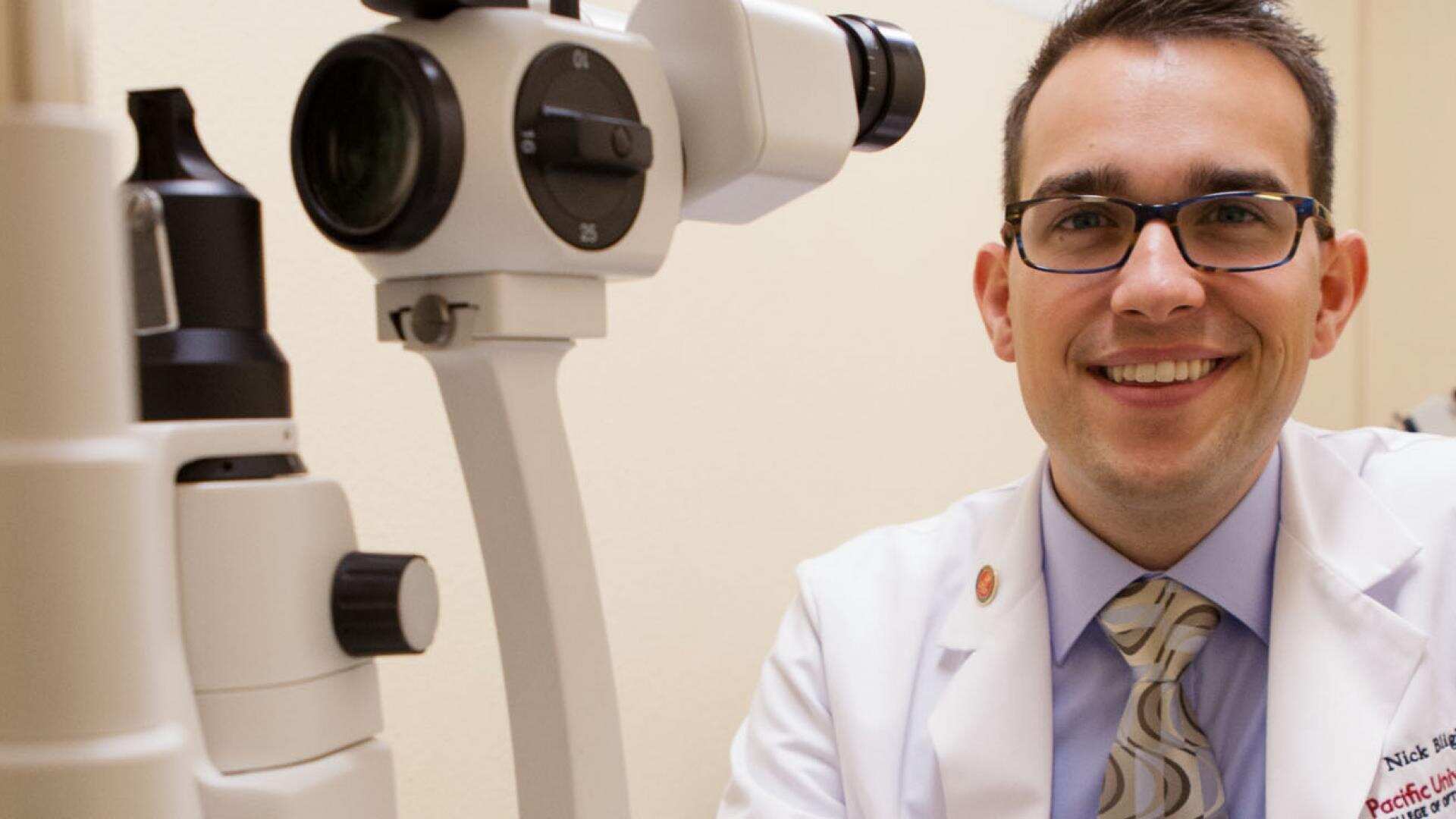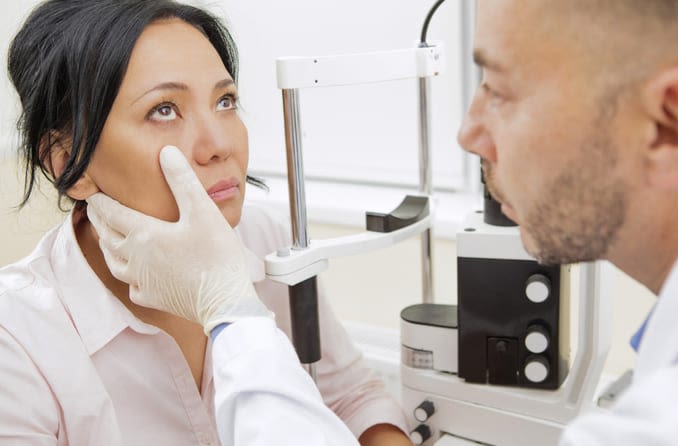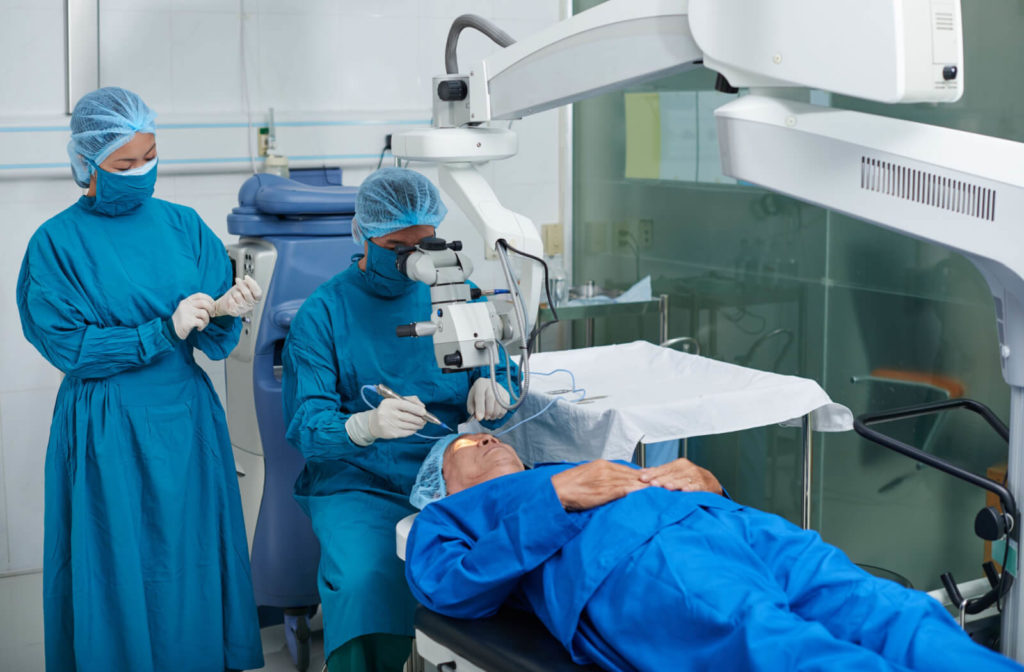Why Picking an Eye Doctor Optometrist is Vital for Your Eyes
Why Picking an Eye Doctor Optometrist is Vital for Your Eyes
Blog Article
Exploring the Newest Technological Advancements in Optometry and What They Mean for Optometrists
In the ever-evolving area of optometry, current technological advancements are reshaping exactly how specialists approach eye treatment. From the precision of Optical Comprehensibility Tomography to the nuanced insights provided by AI-driven diagnostic devices, these innovations are setting brand-new requirements in client evaluation and therapy. Teleoptometry is poised to redefine availability, guaranteeing that know-how goes beyond geographical limitations. As these innovations permeate the practice, eye doctors are confronted with the challenge of embracing these devices to boost client results. Yet, the question stays: how will these technological changes redefine the functions and duties within the profession?
Technologies in Diagnostic Equipment
Progressing the area of optometry, innovations in diagnostic devices have actually revolutionized the means eye treatment experts examine and detect visual impairments and eye problems. The previous decade has witnessed significant technical innovations, enabling even more exact and thorough evaluations. Optical Comprehensibility Tomography (OCT), for instance, provides high-resolution cross-sectional photos of the retina, permitting the early discovery of conditions such as glaucoma and age-related macular degeneration. This non-invasive imaging strategy has actually come to be vital in modern optometric method.
An additional secret advancement is the intro of innovative corneal topography systems, which map the surface curvature of the cornea with accuracy. These tools are especially valuable for suitable get in touch with lenses and detecting corneal problems. Electronic retinal imaging has actually changed conventional ophthalmoscopy, supplying in-depth, scenic views of the retina that assist in extensive aesthetic assessments.
The development of wavefront aberrometry has likewise been critical, enabling the evaluation of refractive errors with unequaled accuracy (Opticore Optometry). This innovation helps in personalizing restorative lenses and boosting surgical results for refractive surgeries. Collectively, these analysis improvements encourage optometrists to deliver exceptional patient treatment, making certain early treatment and customized therapy techniques, ultimately improving visual health and wellness results
AI in Patient Administration
Building on the foundation of sophisticated analysis devices, the unification of fabricated knowledge (AI) in client administration represents a transformative leap for optometry. AI systems are increasingly used to improve efficiency, accuracy, and customization in patient care. By assessing huge amounts of information, AI can identify patterns and anticipate possible eye problems, allowing eye doctors to tailor interventions better. This ability is critical in managing chronic eye conditions such as glaucoma and diabetic retinopathy, where very early discovery and continual surveillance are crucial.
Moreover, AI-driven platforms promote streamlined client interactions and administrative procedures. Automated scheduling, online appointments, and individualized follow-up strategies not just enhance individual satisfaction yet additionally optimize time monitoring for specialists. These systems can triage people based upon the seriousness of their problems, ensuring that those in critical need get prompt attention.
Moreover, AI boosts decision-making by supplying eye doctors with evidence-based recommendations and therapy paths. By incorporating data from electronic health and wellness documents, AI devices offer understandings that notify professional decisions, reducing the threat of mistakes and improving client end results. As AI continues to advance, its function in client management will likely expand, improving the landscape of optometric treatment.
Advances in Retinal Imaging
In the world of optometry, retinal imaging has seen exceptional technical improvements that are improving diagnostic abilities and person treatment. Advancements such as Optical Comprehensibility Tomography (OCT) and fundus digital photography have actually revolutionized how optometrists imagine and assess the retina. OCT, particularly, offers high-resolution, cross-sectional photos of the retina, enabling for the in-depth assessment of its layers. This capacity is invaluable for very early discovery and management of conditions like glaucoma, diabetic person retinopathy, and age-related macular degeneration.
Boosted imaging methods like OCT angiography are additional refining analysis precision. Optometrist Chino. Such innovations assist in the identification of min retinal changes that could symbolize illness development.
Furthermore, developments in expert system are augmenting retinal imaging by making it possible for computerized evaluation of large datasets. These systems aid eye doctors in identifying patterns a sign of pathology, thus boosting analysis accuracy and performance. Collectively, these innovations are changing retinal imaging into a keystone of modern eye treatment, improving results and expanding healing possibilities.
Teleoptometry's Growing Function
Teleoptometry is progressively becoming an important element of eye care, driven by innovations in digital communication and analysis devices. This is especially valuable in underserved and rural locations where accessibility to specialized eye care is often minimal.
The assimilation of man-made intelligence (AI) additional improves teleoptometry, enabling the evaluation of aesthetic data and aiding in the detection of eye problems such as glaucoma and diabetic retinopathy. AI-powered formulas can quickly analyze complex imaging data, giving eye doctors with important insights that reinforce medical decision-making.
Moreover, teleoptometry supports continuity of care with smooth integration with digital health and wellness records (EHRs), enabling optometrists to keep detailed individual backgrounds. When seeking advice from with various professionals., this guarantees that patients receive consistent and Bonuses personalized care also.
Regardless of these benefits, obstacles remain, including making certain data safety and security and managing client expectations. Teleoptometry represents a considerable stride towards even more available, effective, and patient-centered eye care. As innovation advances, its function is positioned to broaden even more.

Future Trends in Eye Treatment
A myriad of innovative trends is readied to reshape the future of eye treatment, driven by technological advancements and the developing requirements of clients. One considerable pattern is the integration of fabricated intelligence (AI) in diagnostics, which promises to enhance the accuracy and effectiveness of eye examinations. AI algorithms can analyze from this source huge quantities of information from retinal pictures, potentially detecting problems like diabetic person retinopathy and glaucoma earlier than standard techniques.
Moreover, individualized medicine is getting grip in optometry, with hereditary testing informing customized treatment plans. This technique intends to maximize patient outcomes by tailoring treatments to individual genetic accounts. Wearable technology, such as smart contact lenses, is also coming up, using real-time surveillance of intraocular stress or sugar levels, thus providing continuous insights into systemic and eye health.
The adoption of increased reality (AR) and virtual fact (VIRTUAL REALITY) in training and client education and learning is an additional arising trend. These innovations offer immersive experiences that can boost understanding and skills both for optometrists and clients. As these fads progress, eye doctors must stay abreast of technological improvements to give advanced care, making certain improved person end results and complete satisfaction in the dynamic landscape of eye treatment.
Conclusion

Collectively, these analysis advancements encourage eye doctors to provide remarkable client treatment, ensuring very early treatment and customized treatment methods, ultimately enhancing aesthetic health and wellness end results.

As these innovations continue to develop, optometrists must adapt and incorporate them into technique, eventually maximizing workflow efficiency read this and raising the criterion of eye treatment provided to clients.
Report this page